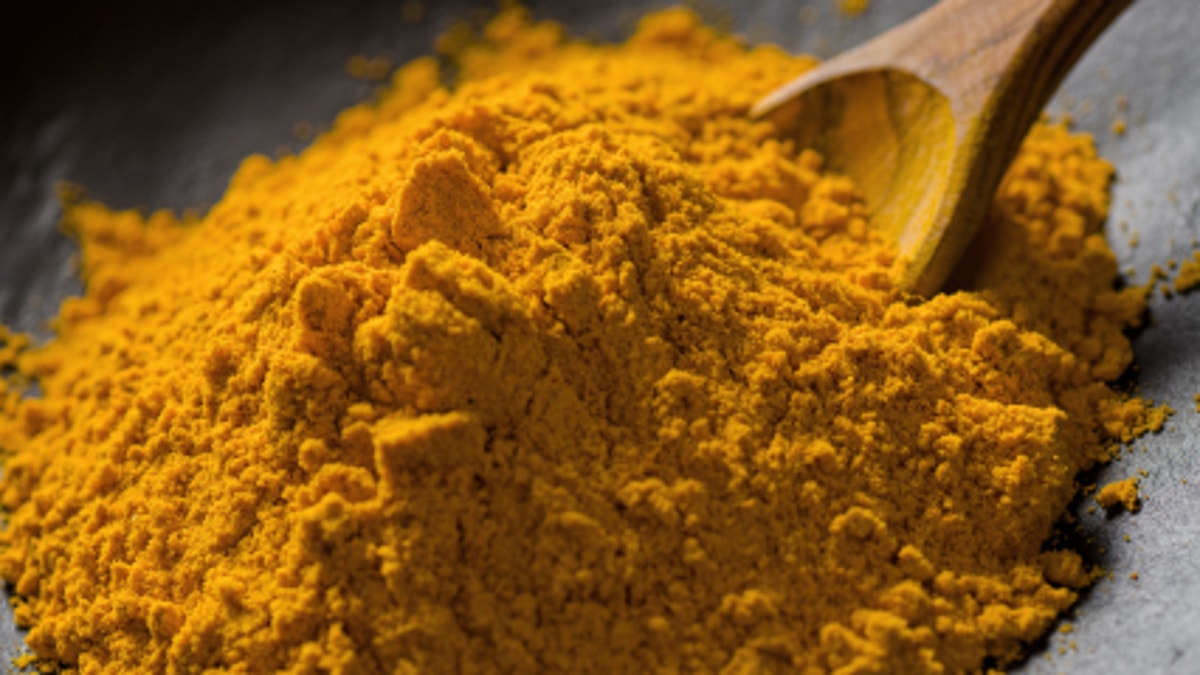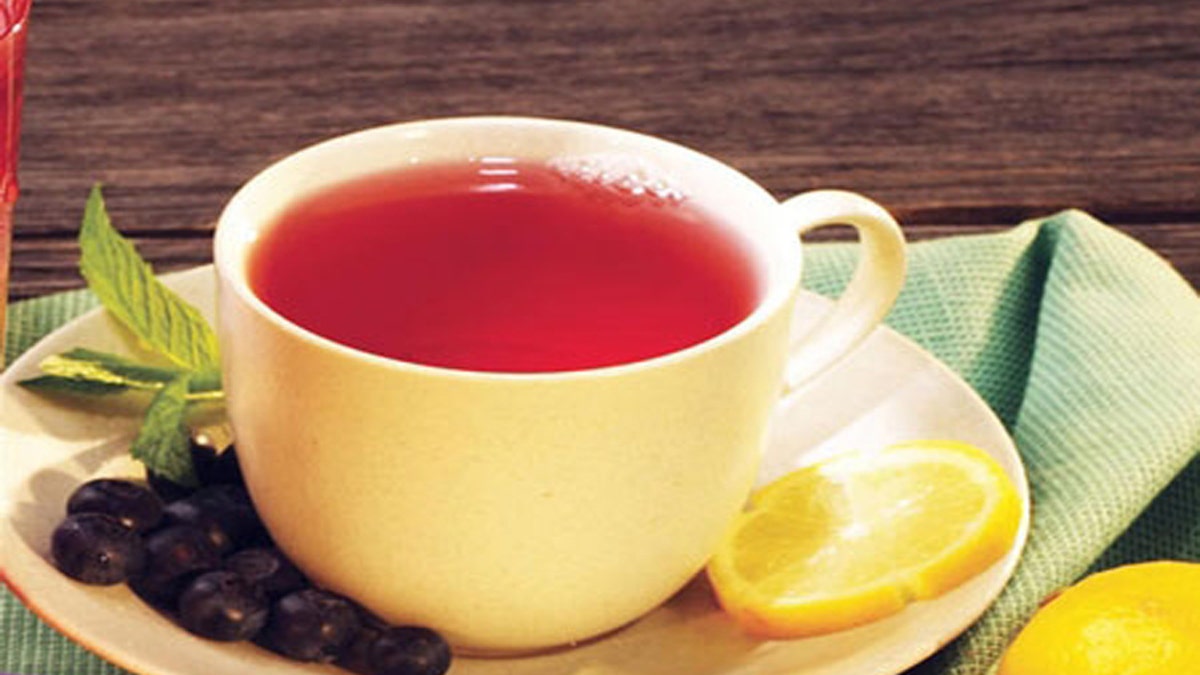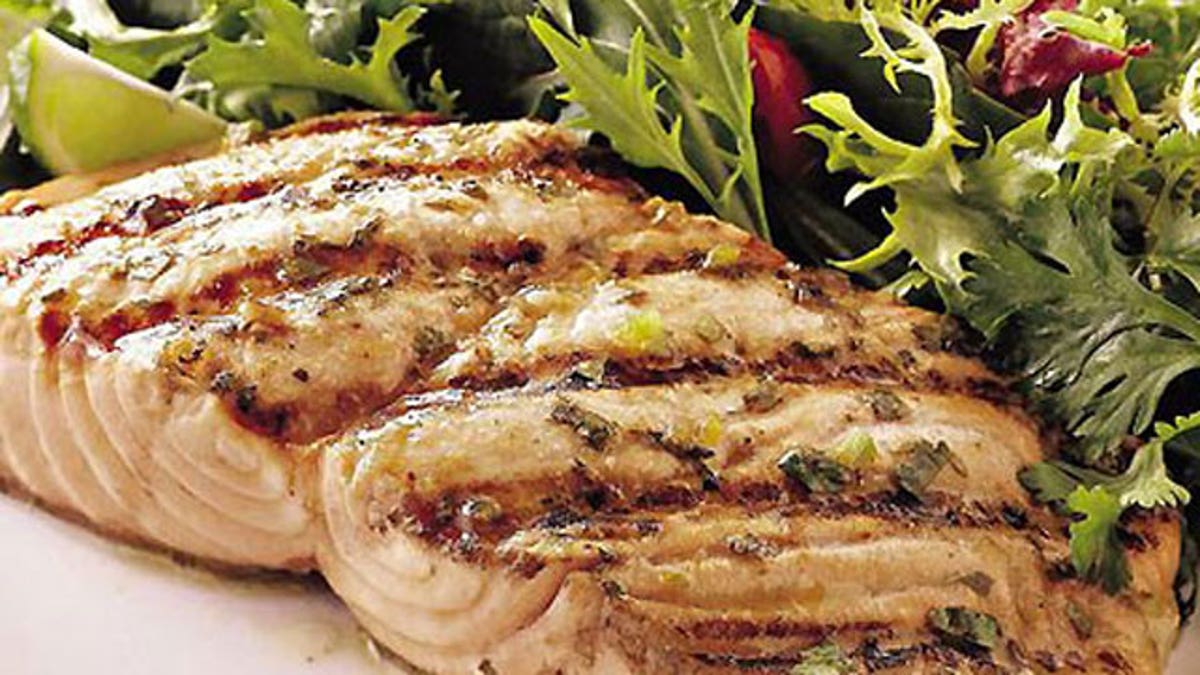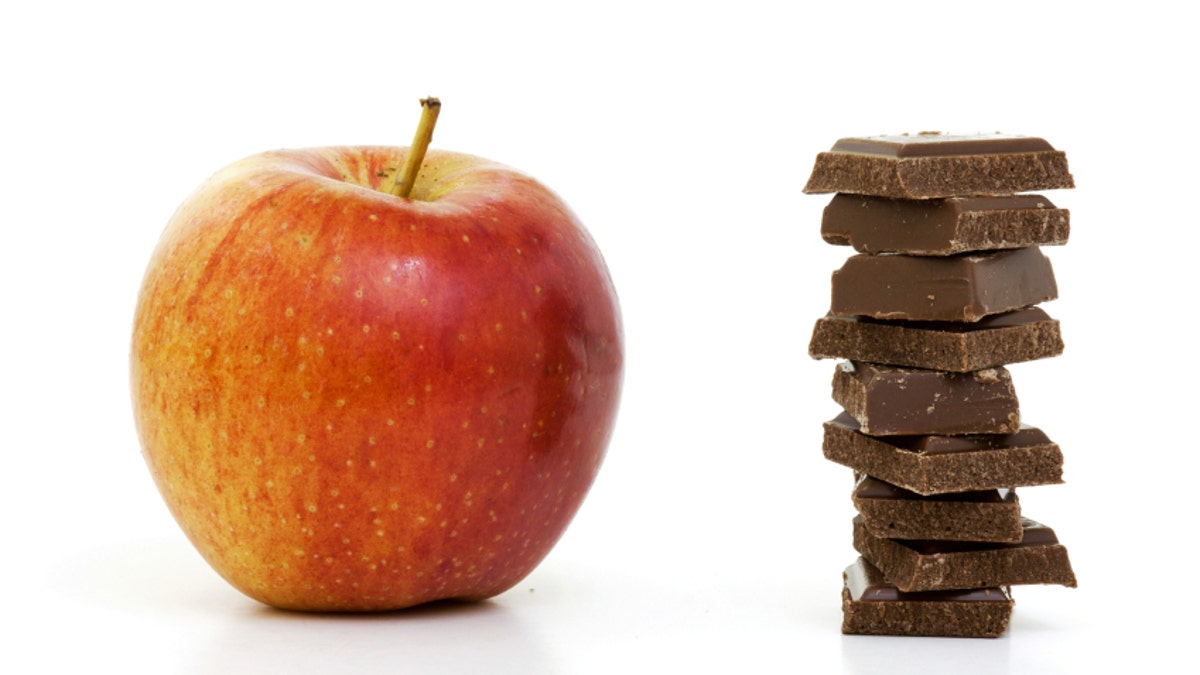Pairing certain foods can do a lot more than just satisfy your taste buds. The right food combinations can enhance the nutritional value of many foods and activate their disease-fighting properties. Try these synergistic food combinations to create a nutritional effect greater than the sum of the individual parts.
1. Tomatoes and olive oil

(iStock)
Tomatoes are rich in lycopene, an antioxidant that research shows may help ward off heart disease, aging and certain cancers. Since lycopene is fat-soluble, it’s more bioavailable when paired with healthy fats such as olive oil or avocado.
A study in Free Radical Biology and Medicine found that individuals who consumed tomato products with olive oil had higher amounts of lycopene activity in their blood. To maximize your nutrient benefit, eat cooked tomato products with some healthy fat, says Elaine Magee, registered dietician (RD), and author of "Food Synergy."
“Ninety-eight percent of the flavonoids (powerful antioxidants) in tomatoes are found in the tomato skin, along with great amounts of two carotenoids (including lycopene)," Magee said. "Absorption of these key nutrients is much greater when the tomatoes are cooked and when you eat some smart-fat (like olive oil) along with the cooked tomatoes.”
Sliced tomato and avocado drizzled with olive oil is always a tasty and nutritious snack or side dish.
2. Turmeric and black pepper

On its own, turmeric is a unique spice known to help fight off diseases such as cancer, diabetes and Alzheimer’s. However, when this tangy yellow South Asian spice is paired with black pepper, turmeric’s active ingredient curcumin is more available to the body. Research shows that pairing black pepper with turmeric can increase the body’s absorption of curcumin by 1,000 times, due to the black pepper’s hot property called piperine. Add black pepper to any recipe that calls for turmeric in order to boost the anti-inflammatory and cancer-fighting properties of your dish.
3. Green tea and lemon

Green tea is high in catechins, disease-fighting antioxidants shown to reduce the risk of heart disease, cancer and stroke. A recent study published in the Journal of Food Science suggests that adding vitamin C or citrus juice to green tea may significantly increase the supply of catechins for the body to absorb. Next time you’re making some iced green tea, go generous with the lemon to boost the health benefits.
4. Eggs and cheese

Vitamin D and calcium, two components that are individually beneficial, can also work together to promote healthy and strong bones. Studies show that vitamin D can increase calcium availability and absorption in the body - an important function for healthy bones and a healthy heart. Whip up a quick vegetable omelet (vitamin D is found in the yolk) and throw in some calcium-rich cheese for a tasty and nutritious breakfast.
5. Garlic and fish

(iStock)
The heart-healthy minerals found in fish have cholesterol-reducing and anti-inflammatory effects that can benefit your health. A study in the American Journal of Clinical Nutrition finds that combining fish oil with garlic can lead to an overall decrease in total cholesterol as well as LDL (bad cholesterol) levels.
“Both garlic and fish have known benefits on various lipids,” Christopher R. Mohr, RD, of Mohr Results, Inc., said. “Because the benefits for each are unique, though, combining the two of them may offer even better results.”
Cook up your seafood dish with a garlic seasoning or marinade for a healthy and nutritious meal.
6. Oatmeal and blueberries

Large flake whole oatmeal with blueberries and brown sugar on white china makes a healthy breakfast
Iron is an essential mineral to prevent fatigue and strengthen the immune system. According to the Centers for Disease Control and Prevention, iron deficiency is the most common type of nutritional deficiency and leading cause of anemia in the United States.
The body can easily absorb heme iron (found in animal products like meat, poultry and fish). However, nonheme iron (found in plant foods like grains and vegetables) is much harder for the body to access. Fortunately, vitamin C makes iron readily available, allowing the body to absorb more of the nonheme iron consumed.
“When a meal includes vitamin C, it helps put the plant form of iron in a more favorable ionic state to favor iron absorption,” Magee said.
To effectively boost iron levels of nonheme iron foods, add blueberries to your oatmeal, squeeze some lemon juice on your spinach, or add some vitamin-C rich veggies (like bell peppers, broccoli, or Brussels sprouts) to your quinoa.
7. Chocolate and apples

How cool would it be if adding chocolate to your fruit actually boosted the nutritional value? Well, when it comes to apples, you’re in luck.
“Dark chocolate contains flavonoids that when paired with the anti-inflammatory antioxidant in apples, quercetin, not only does it form a delicious treat but it helps improve circulation and reduces the risk of heart disease,” Holley Grainger, RD, said.
Dip a couple of apple slices in a bowl of melted dark chocolate for a delicious and nutritious treat.
